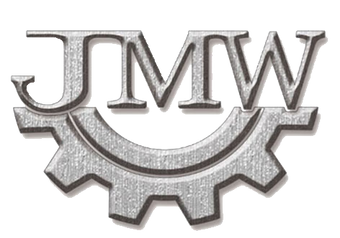In today’s food industry, packaging lines need to move fast while maintaining precision, consistency, and hygiene. From handling delicate pouches to guiding cartons into sealing machines, every step relies on equipment that can perform under pressure. Gripper chains play a vital role in these packaging systems, ensuring that products are transferred smoothly, securely, and without damage.
If you’ve read our earlier blog on the different types of gripper chains, you know that clamp style and chain design matter when tailoring solutions to specific applications. In this post, we’ll dive deeper into how gripper chains are applied in food packaging lines and why they’re trusted by manufacturers worldwide.

Why Gripper Chains Are Essential in Food Packaging
Food packaging operations often deal with lightweight, flexible, and delicate materials like films, pouches, and cartons. Gripper chains provide:
- Secure handling – preventing slippage or misalignment at high speeds.
- Smooth product transfer – between fillers, sealers, labelers, and cartoners.
- Consistency – ensuring every package is sealed, labeled, or closed accurately.
Material choice also plays a major role. For food-grade environments, stainless steel and nickel-plated chains are common. As discussed in our blog on stainless steel vs. nickel-plated gripper chains, each option has unique strengths in terms of corrosion resistance, tensile strength, and hygiene.
Common Applications in Packaging Lines

Vertical Form-Fill-Seal (VFFS) Machines
Gripper chains hold packaging film or pouches in place during forming, filling, and sealing. Their retention force ensures proper alignment, leading to cleaner seals and less product waste.
Pouch Conveyors
Once filled, pouches need to be conveyed upright without tipping or spilling. Gripper chains keep them stable and oriented correctly for downstream processing.
Carton Erecting and Closing
In carton packaging lines, chains grip cartons securely during folding, gluing, and closing operations, ensuring uniform, square cartons every time.
Labeling and Coding
Accurate labeling and product coding require stability. Gripper chains hold products firmly in place so printers and applicators can do their job without errors.
End-of-Line Packaging
At the final stage, gripper chains help guide products into bundlers, wrappers, or palletizers. Their consistent motion reduces jams and bottlenecks.
Design Considerations for Food Industry Use
Gripper chains in food packaging must meet specific standards:
- Hygiene and safety: Stainless steel and nickel-plated designs withstand harsh washdowns and cleaning chemicals.
- Lubrication solutions: Autolube or dry-running options minimize contamination risks while extending chain life.
- Retention force matching: Chains must grip firmly enough to hold the product, but gently enough to avoid damage.
Benefits for Food Manufacturers
Integrating gripper chains into food packaging lines offers several advantages:
- Reduced downtime and waste from fewer jams and misfeeds.
- Improved line efficiency with faster, smoother product handling.
- Cost savings thanks to long-lasting, low-maintenance chain solutions.
- Compliance with food safety standards through hygienic materials and designs.
Conclusion
Gripper chains are the backbone of reliable, efficient food packaging lines. By ensuring secure product handling, smooth transfers, and consistent results, they help manufacturers keep pace with today’s demanding production needs.
For a deeper understanding of gripper chains, explore our related blogs such as stainless steel vs. nickel-plated materials, and different clamp styles. Together, they form a complete resource for anyone looking to optimize their packaging operations.
Jeremywell International provides high-quality gripper chains tailored to the food industry. Contact us today to discuss how we can support your packaging line.

